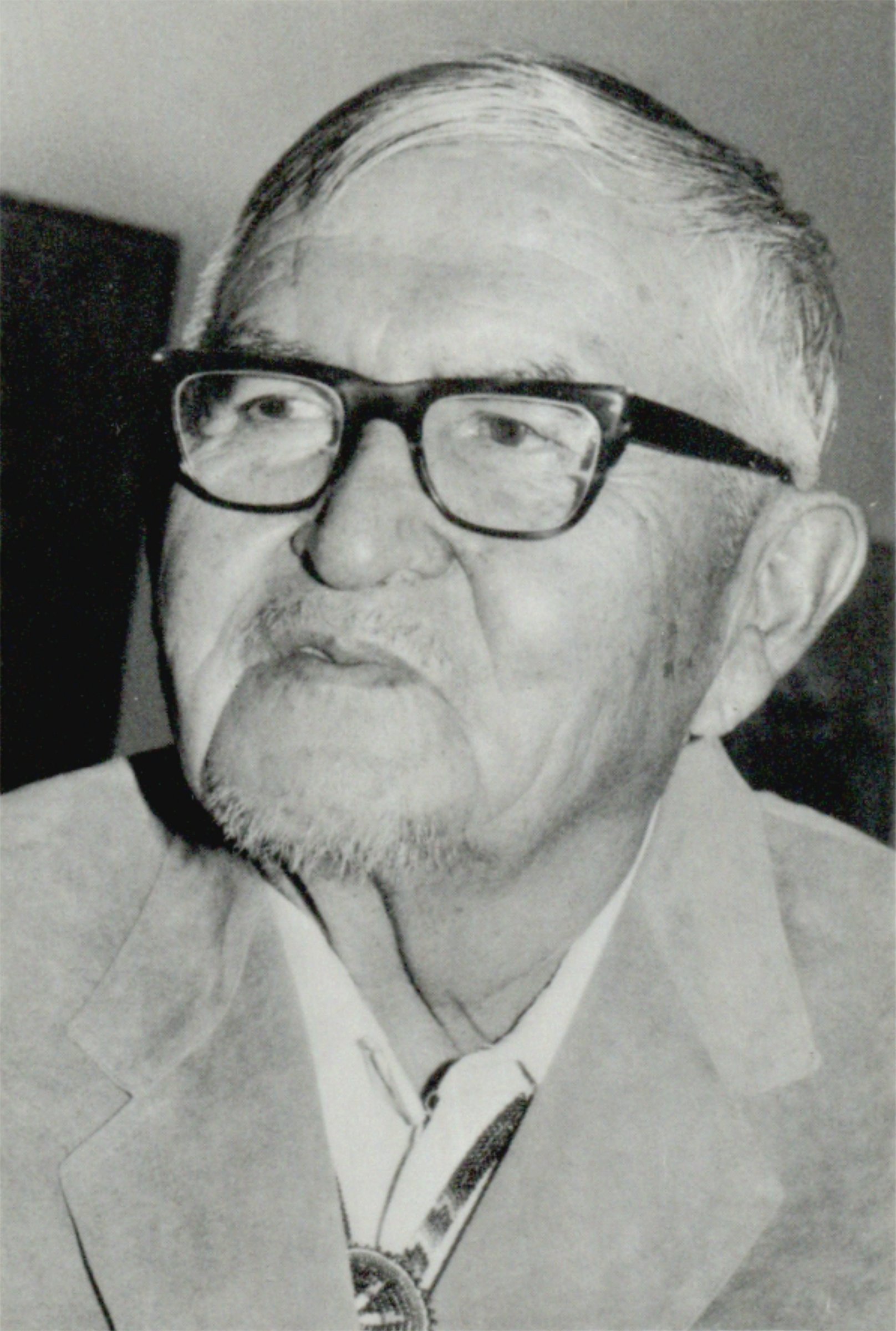ALLAN HOUSER
— SOLD —
– ALLAN HOUSER –
Chiricahua Apache, 1914-1994
Allan Houser is recognized and cherished as being one of the most renowned Native American artists of the 20th century. His contributions to modern Native art have become iconic forms throughout the country and beyond. Born Allan Capron Haozous in Apache, Oklahoma, his parents were survivors of the brutal forced relocation and imprisonment of the Chiricahua Apache. The artist studied painting under Dorothy Dunn in the Studio program at the Santa Fe Indian School. It was during this time that he anglicized his name from Haozous to Houser. The artist’s early work consisted primarily of paintings that depicted scenes from Apache life and historical events. In the 1940s, Houser's paintings gained national attention and he received important commissions from institutions such as the Department of the Interior. As Houser matured artistically he explored three dimensional art. Allan Houser’s legacy remains most famous for his iconic and groundbreaking modernist sculptures.
In addition to his work as an artist, Allan Houser was also a passionate educator. He was engaged by Lloyd “Kiva” New in 1962 to be among the inaugural instructors at the unprecedented school, IAIA (the Institute of American Indian Arts). There, his mentorship was instrumental in promoting contemporary Native American art. Allan Houser was highly respected by his students and peers and remains a towering figure in Native American art, celebrated for his innovative style, cultural contributions, and dedication to fostering generations of Native artists.
Allan Houser had over 20 solo museum exhibitions and has been included in over 90 museum exhibitions globally, including at the Heard Museum, the Oklahoma City Museum of Art and the Museum of Indian Arts and Culture.
Allan Houser’s work is found in the collections of major institutions worldwide including the Smithsonian American Art Museum, Denver Art Museum, the National Museum of the American Indian, the National Portrait Gallery, Minneapolis Institute of Art, the Hood Museum, the Crocker Art Museum, the British Royal Collection, among many others and countless private collections.









